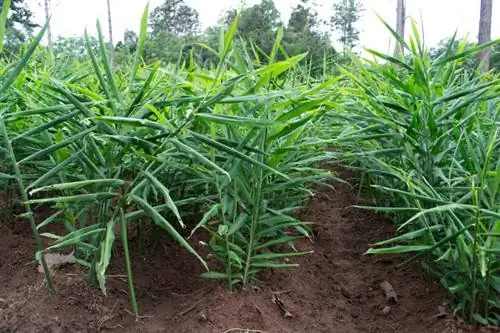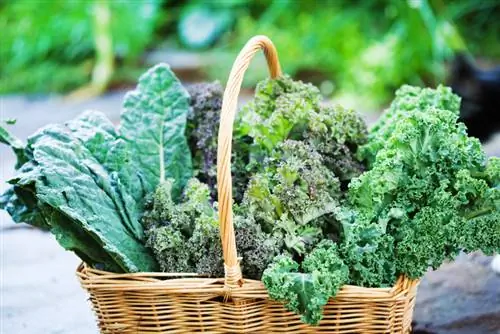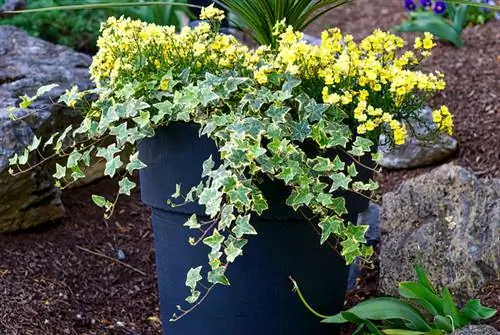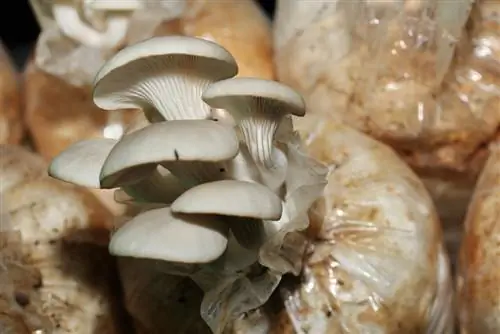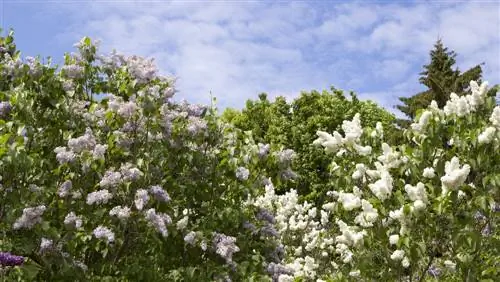- Author admin [email protected].
- Public 2023-12-16 16:46.
- Last modified 2025-01-23 11:19.
Since the agaves were released into the wild in numerous locations in the Mediterranean region centuries ago, they have shaped the landscape of many popular holiday regions and places of longing. There are now numerous types of agave with different properties and growth speeds to choose from for cultivation in pots, directly in the garden bed or on the windowsill.
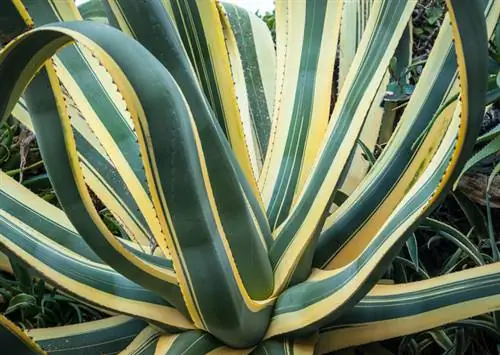
What types of agave are there and how do they differ?
Some well-known types of agave are Agave americana, Agave victoriae-reginae and Agave filifera. They differ in size, growth speed, leaf color, inflorescence height, sensitivity to frost and spines on the leaves.
Differences between different types of agaves
While certain varieties of agave, for example in Mexico, have economic value for the extraction of sisal or the production of tequila, other types of agave are more impressive because of their easy care in the garden and their attractive appearance. Important distinguishing features of agaves are, for example, the following parameters:
- Size and growth rate
- Color of leaves
- Height of inflorescences
- Sensitivity to frost
- Pricking of leaf tips and edges
It can make sense to select more compactly growing agave species for cultivation on the windowsill. In mild locations in Central Europe, however, it can be attractive to overwinter particularly hardy agaves outdoors with suitable winter protection in a suitable location.
Agave americana
This type of agave was previously often referred to as the “hundred-year-old agave”, but can usually bloom when it is around 10 to 20 years old. The blue-green leaves of this very large agave species can in some cases grow up to two meters long each. Since this agave is not winter-hardy, it is best grown in a winter garden that is not or only slightly heated or in a stairwell with lots of daylight. Growing it in the garden can become increasingly difficult over the years, as hobby gardeners are faced with major challenges from the prickly plant when it comes to transporting it to its winter quarters and back to the garden. There are also extremely decorative subspecies of Agave americana with yellow leaf edges.
Agave victoriae-reginae
The so-called king agave is often grown on the windowsill because it grows much more compactly than the Agave americana. The leaf tips of this type of agave are also armed with very sharp end spines that are potentially dangerous for children and pets. You should be patient with this type of agave, as sometimes only a few leaves grow each year and the growth in size is therefore very slow. Instead, a very regularly shaped, hemispherical leaf rosette is formed from dark green leaves that are up to 15 cm long.
Agave filifera
This type of agave is one of the medium-sized agaves and can therefore also be cultivated indoors or seasonally in a pot on the terrace. The species is often referred to as thread-bearing agave or thread-bearing agave because white threads hang from the light edges of the stiff green leaves. In contrast to this are the black tips on the leaves of this type of agave.
Tip
In total, there are now well over 300 known subspecies within the agave plant genus. When purchasing, pay close attention to appropriate information about frost sensitivity and general care. Basically, for most agaves it is better to water them too often than once too little.


